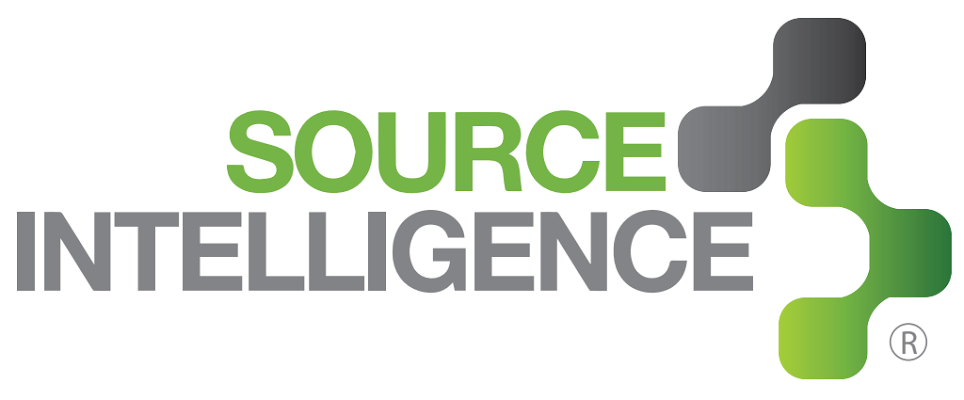Intel’s Conflict Minerals Process Featured in Fast Company
With Rachel Heller Zaimont, Fast Company, and Carolyn Duran, Director of Intel’s Supply Chain
With Conflict Minerals Filings right around the corner (June 1), more talk about ethical sourcing and conflict minerals in supply chains will arise. For the April 2015 issue of Fast Company, Rachel Heller Zaimont, talks with Carolyn Duran, Director of Intel’s Supply Chain, on Intel’s process of identifying and eradicating conflict minerals in their microprocessors.
In order for Intel to eliminate conflict minerals from their supply chain, they first had to understand how minerals entered their supply chain initially. For Intel, this was at the smelter level, where ore is refined. Getting facilities to be transparent, Duran explains, was where Intel had to use their purchasing power.
Duran and her team, over five years, visited 91 smelters in 21 countries. "We ask for due diligence to not only understand where the material came from, but also that it’s not inadvertently or directly funding conflict," she says.
While Duran states [Intel] is proud to a be leader, “we’re in it to get more people engaged”. Intel’s leadership in this process has done just that, triggered activism across many industries to be “conflict-free”.
Key first steps to being “conflict-free”, as Duran explained, is knowing:
- If your products contain 3TG (Tin, Tungsten, Tantalum, Gold) by performing a product filtering assessment
- If and where conflict minerals may reside in your supply chain
Source Intelligence, a company that helps brands investigate their supply chain, has guides on both steps.
Product Filtering: A Critical First Step in Conflict Minerals Compliance
Essential Elements for Tracing Conflict Minerals in Your Supply Chain

